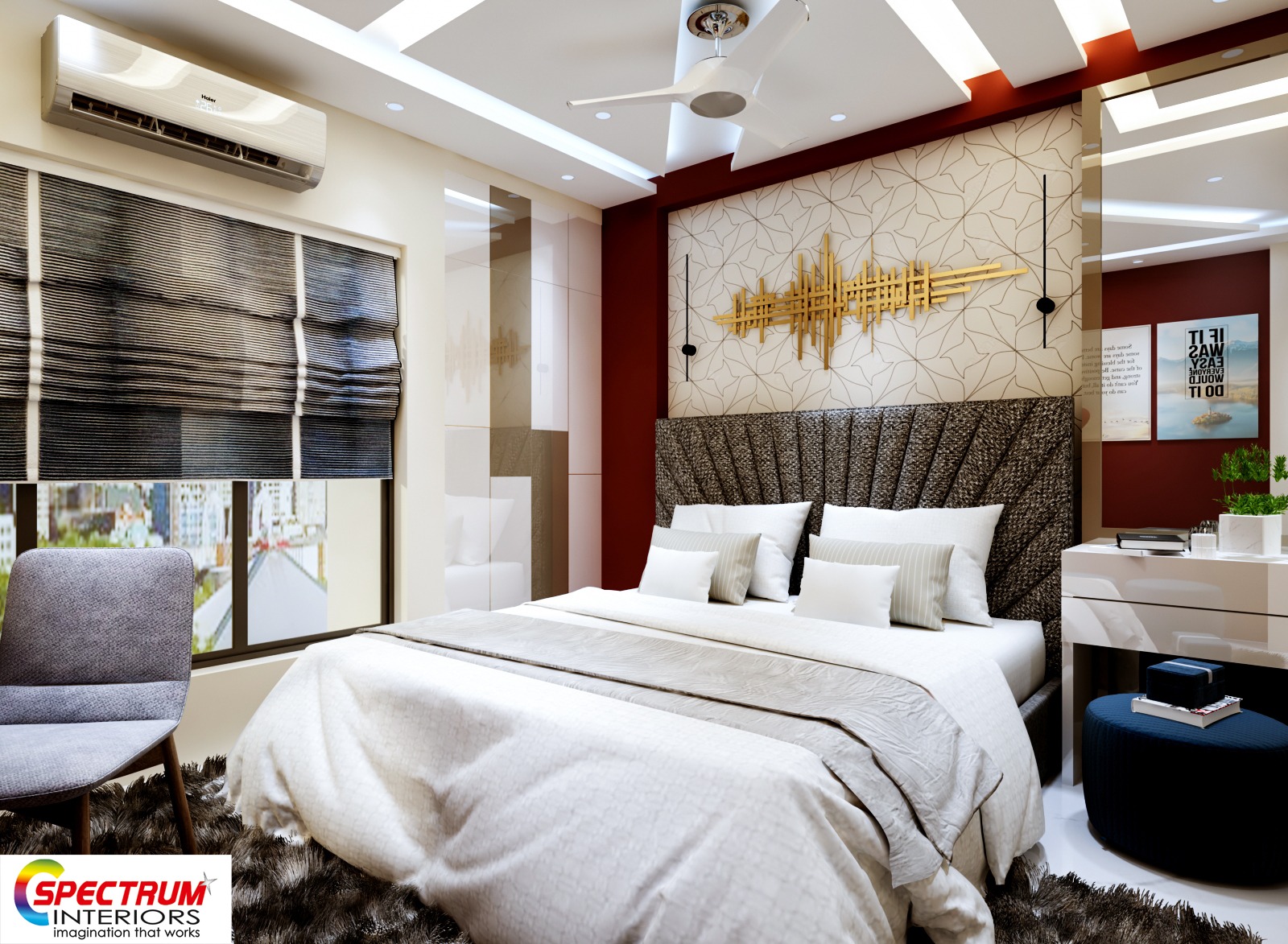Transform Your Home With Important Concepts of Interior Decoration and Appearances
The art of changing your home with the important concepts of interior decoration and visual appeal requires a thoughtful strategy that harmonizes shade, equilibrium, and spatial recognition. By recognizing the influence of color theory and the significance of texture and patterns, one can create areas that are not only aesthetically attractive yet likewise deeply individual. Attaining this balance involves greater than plain design; it incorporates a strategic plan and an eager understanding of how each component communicates within a room. As we check out these fundamental concepts, think about just how they might redefine your understanding of home and personal expression.
Recognizing Color Theory
Color theory is an essential element of interior decoration that substantially affects state of mind, understanding, and total visual. Recognizing the concepts of shade theory enables designers to develop rooms that reverberate psychologically with residents while fulfilling practical demands (miami interior design). Colors can be classified right into three main types: primary, secondary, and tertiary. Each category plays an important role in establishing consistency within a room.
The psychological influence of shades is profound; cozy tones such as reds and oranges evoke energy and heat, while trendy tones like blues and environment-friendlies advertise calmness and tranquility. The use of complementary shades boosts visual interest, producing striking contrasts that can elevate a room's allure.
Neutral shades, on the other hand, work as a flexible background, enabling various other design components to radiate. It is important to take into consideration elements such as lights and the room's purpose when selecting a color scheme, as these can change the perception of shades throughout the day.
Inevitably, a well-considered color design can change a room, promoting a sense of comfort and design that straightens with the occupants' preferences. Mastery of color concept is, therefore, a crucial ability for any indoor developer intending to develop harmonious and welcoming atmospheres.
Accomplishing Equilibrium in Layout
Exactly how can developers achieve a feeling of stability in their areas? Accomplishing balance in design is fundamental to developing unified interiors.
Unbalanced equilibrium, on the other hand, relies on varying components that still attain a cohesive look. This approach permits for even more dynamic and informal setups, giving rate of interest while maintaining stability. By meticulously picking varying sizes, shades, and textures, developers can produce an aesthetically engaging space that feels balanced yet energised.
Radial balance emphasizes a main focal point with components radiating outward. This design is generally seen in circular layouts, where furniture and decor produce a cohesive border that draws the eye internal.
Inevitably, achieving equilibrium requires thoughtful factor to consider of scale, percentage, and the connections in between elements. luxury interior design. By skillfully applying these balance concepts, developers can transform areas into settings that feel both visually pleasing and functionally unified, enhancing the general experience for passengers
Significance of Spatial Recognition

A keen feeling of spatial recognition permits developers to recognize prime focus within an area, guiding the viewer's attention to essential features while preserving a total feeling of unity. It additionally assists in the strategic placement of lighting, which can dramatically influence the perception of room and state of mind. Moreover, recognizing spatial relationships enables the developer to provide to the details demands of occupants, guaranteeing that each area serves its desired function without compromising visual appeals.
Ultimately, spatial awareness is crucial for taking full advantage of the potential of any kind of interior room. By meticulously thinking about the interplay in between dimensions, format, and feature, designers can develop atmospheres that not just satisfy sensible needs however also stimulate a feeling of convenience Full Report and beauty, boosting the general living experience.
Including Appearance and Patterns
Welcoming a diverse array of textures and patterns can significantly improve the visual and tactile allure of an interior area. The tactical use of various materials-- such as wood, steel, fabric, and stone-- develops depth and passion, making an area feel a lot more welcoming and dynamic. Incorporating smooth surfaces with rough structures can establish an equilibrium that attracts the eye and engages the detects.
When integrating patterns, take into consideration both range and repetition. Large patterns can serve as centerpieces, while smaller, subtle layouts can complement other aspects without frustrating the room. Layering patterns, such as pairing flower paddings with striped tosses, includes intricacy and a feeling of consistency if performed attentively.
It is additionally vital to preserve a natural shade combination, making sure that structures and patterns collaborate instead of compete for focus. By choosing a couple of vital structures and patterns, you can develop a linked aesthetic that mirrors your personal design while boosting the overall ambiance of the space. Inevitably, the cautious consolidation of these aspects can change a mundane room right into a sophisticated setting rich with personality and warmth.
Individualizing Your Area
Developing a space that mirrors your character is essential to accomplishing a truly inviting setting. Customization in interior layout enables you to instill your unique style and rate of interests into your home, changing it from a plain shelter into a shelter that talks with who you are. Begin by selecting a color scheme that resonates with your emotions-- vibrant hues can energize, while soft tones use tranquility.
Integrate artwork and style that reflect your enthusiasms, whether it be traveling, nature, or abstract principles. Displaying personal collections, such as books, photos, or mementos, can stimulate cherished memories and create centerpieces within a space. In addition, consider tailoring useful pieces, like upholstered furnishings, to straighten with your visual choices.

Conclusion
In conclusion, the change of a home via the important concepts of interior decoration and appearance requires an extensive understanding of color concept, equilibrium, spatial awareness, appearance, and personalization. Each component adds substantially to creating an unified and useful living environment - interior design firms. By thoughtfully incorporating these concepts, people can enhance the visual appeal and psychological vibration of their areas, ultimately cultivating a home that reflects special identities while supplying comfort and usefulness